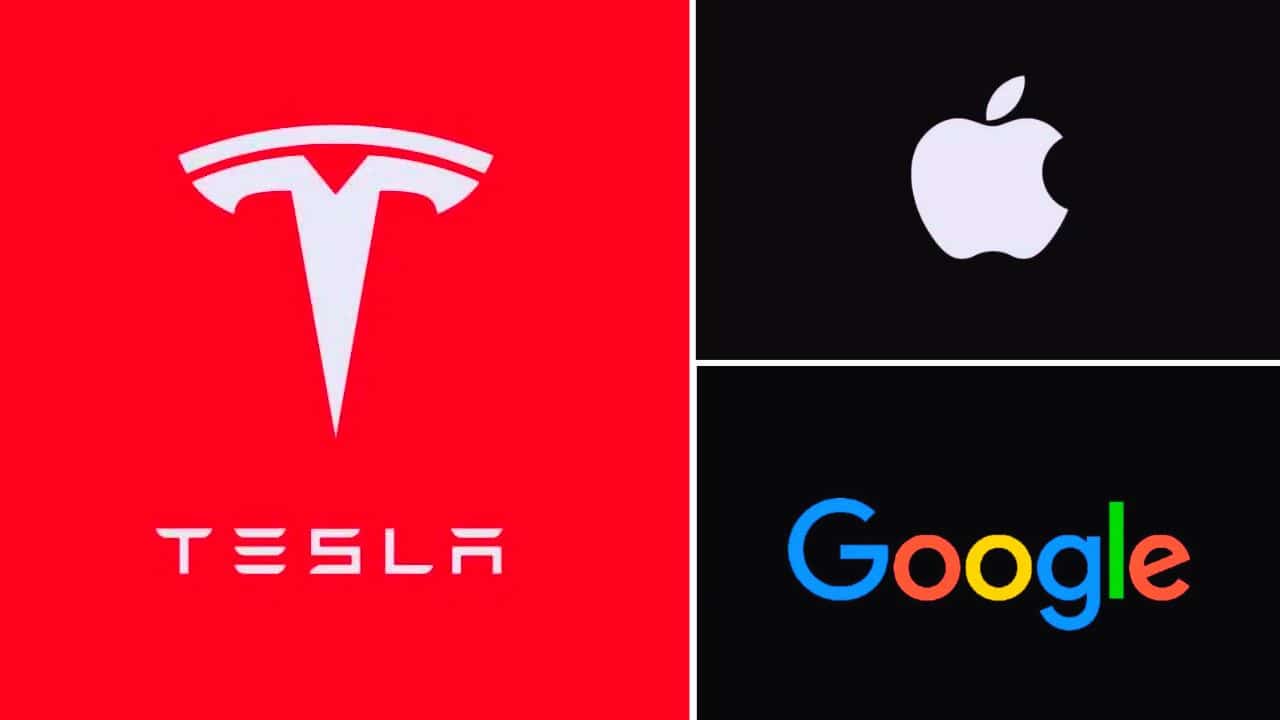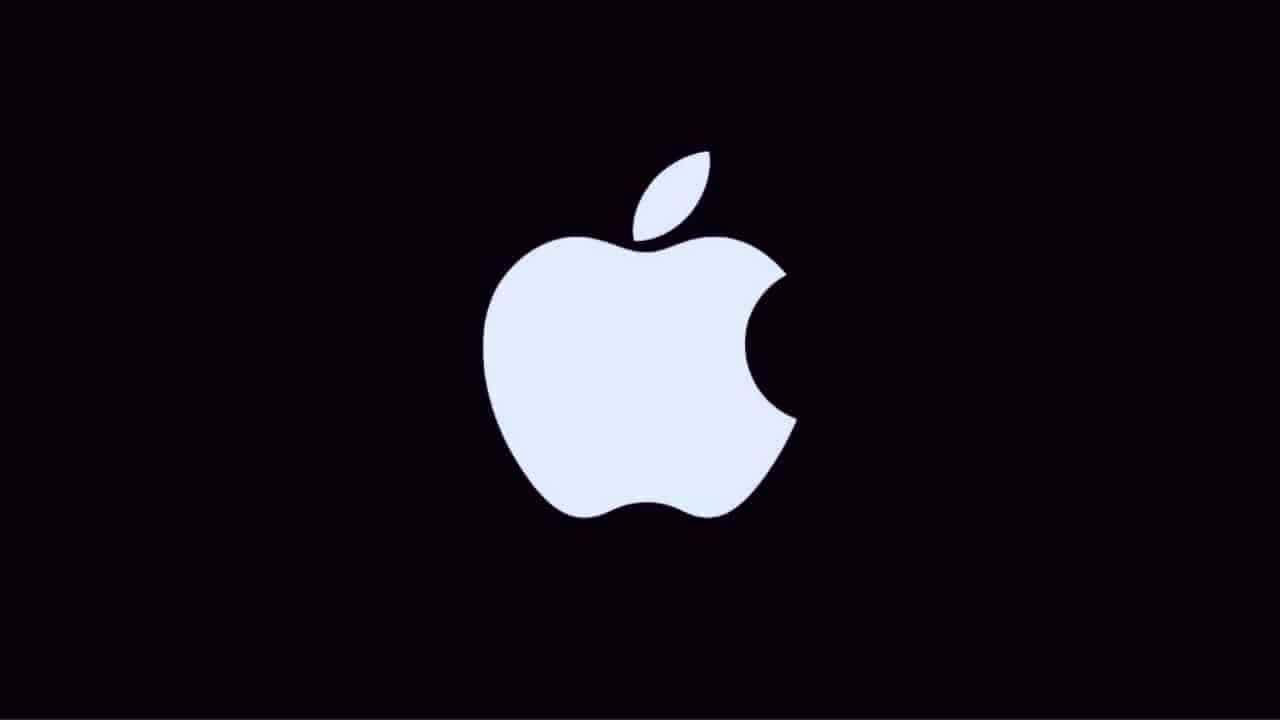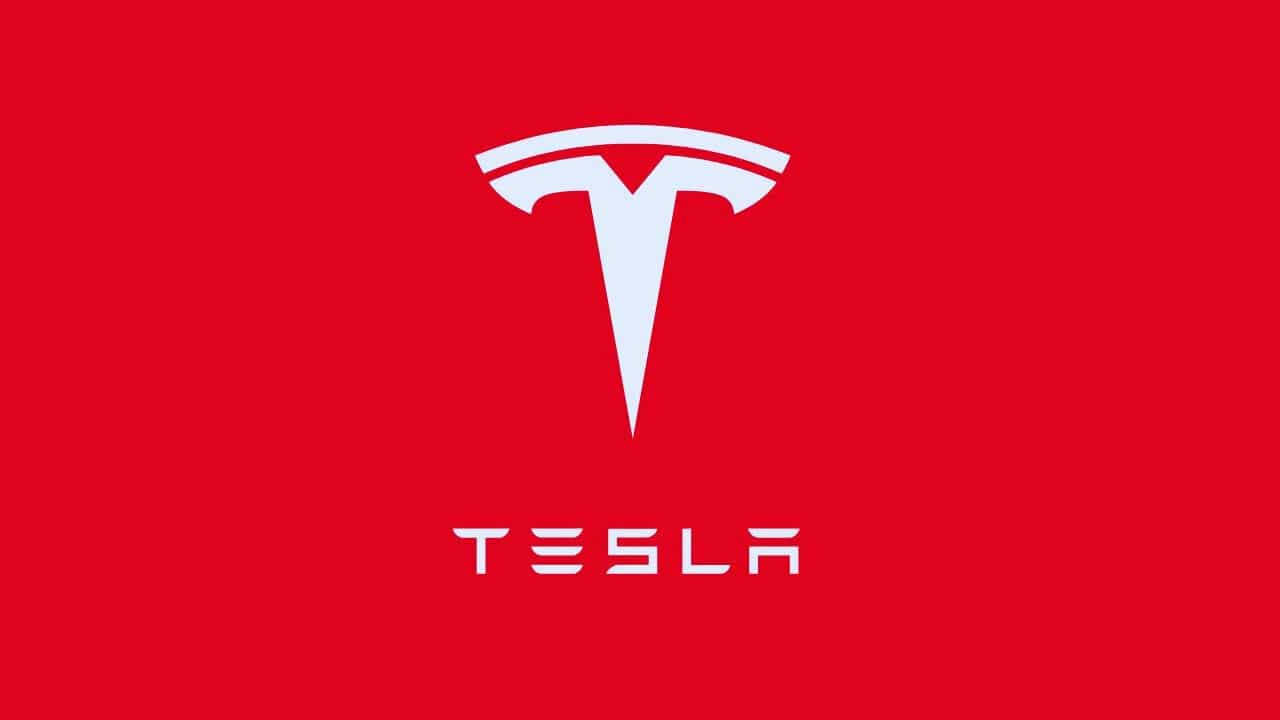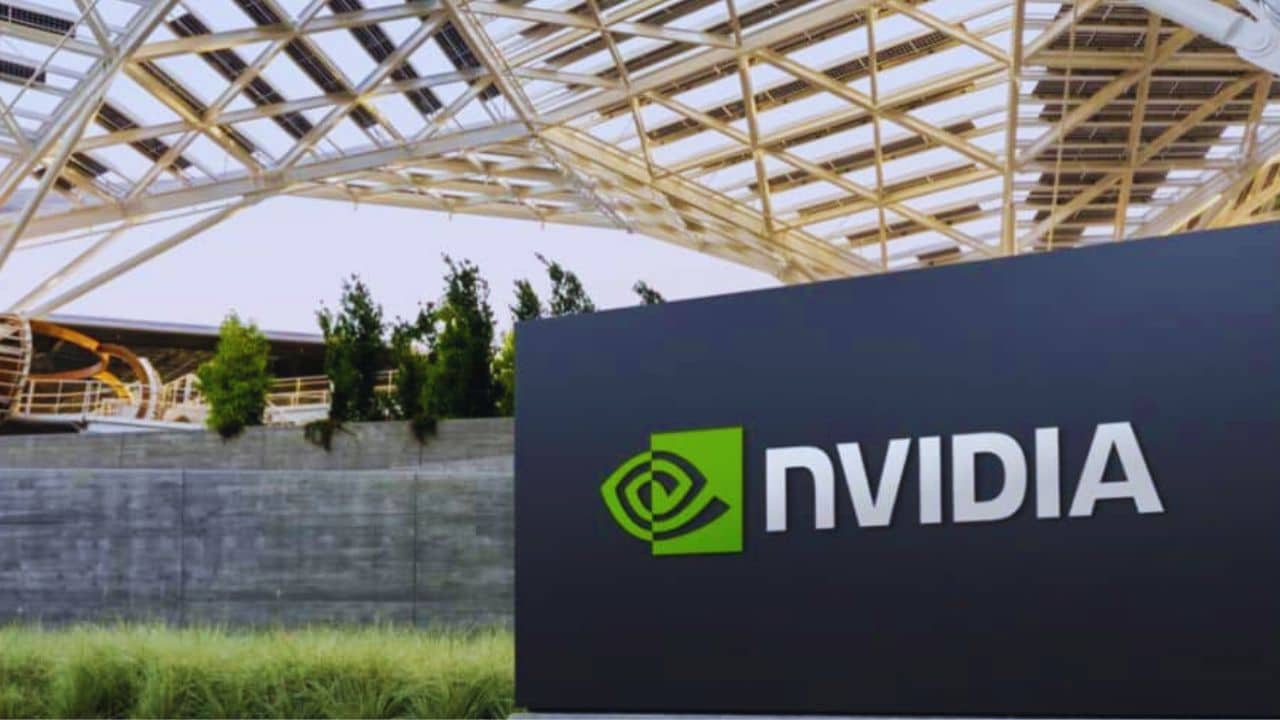Imagine a world where cars drive themselves, robots work alongside humans, and diseases once thought incurable are easily treated. This isn’t a scene from a science fiction movie – it’s the world we’re rapidly moving towards, thanks to groundbreaking technological innovations. At the forefront of this technological revolution are companies that dare to dream big and push the boundaries of what’s possible.
In today’s digital age, innovation is the lifeblood of progress. It’s the force that transforms abstract ideas into tangible realities that shape our daily lives. Technology is evolving at a breakneck pace, from the smartphones in our pockets to the algorithms powering our online experiences, from the electric cars on our roads to the satellites orbiting our planet. And behind these advancements are companies driven by a relentless pursuit of innovation.
These aren’t just any companies – they’re the pioneers, the risk-takers, the visionaries who see beyond the horizon of what’s currently possible. They invest billions in research and development, attract the brightest minds from around the globe, and foster cultures where creativity and out-of-the-box thinking are encouraged and expected.
In this article, we’ll dive deep into the world of 10 companies in charge of technological innovation. We’ll explore their groundbreaking projects, their unique approaches to problem-solving, and the impact their innovations are having on our world. From tech giants that have become household names to newer players disrupting entire industries, these companies are writing the future – one innovation at a time.
So, fasten your seatbelts as we embark on a journey through the cutting edge of technology. Get ready to be inspired by the ingenuity, the ambition, and the future these innovative companies are creating. Welcome to the frontlines of the tech revolution!
Key Innovation Metrics for Leading Tech Companies (2023)
| Company | R&D Spending ($B) | Patents Granted | Key Innovation Area |
| Apple | 30.44 | 2,566 | Custom Silicon, AR/VR |
| 41.8 | 1,737 | AI, Quantum Computing | |
| Tesla | 3.52 | 1,230 | Electric Vehicles, Energy |
| Microsoft | 27.2 | 1,975 | Cloud Computing, AI |
| Amazon | 80.45 | 1,876 | Cloud Services, Robotics |
| NVIDIA | 8.31 | 848 | GPUs, AI |
| SpaceX | N/A (Private) | N/A | Reusable Rockets, Satellites |
| IBM | 6.53 | 4,399 | Quantum Computing, AI |
| Boston Dynamics | N/A (Private) | N/A | Advanced Robotics |
| Moderna | 4.14 | 627 | mRNA Technology |
1. Apple Inc.
Apple has long been synonymous with innovation, consistently pushing the boundaries of consumer technology. Let’s delve deeper into their critical areas of innovation:
iPhone and iOS Ecosystem:
- The iPhone, first introduced in 2007, revolutionized the smartphone industry. The latest iPhone 14 Pro features a 48MP primary camera and the A16 Bionic chip, one of the most powerful smartphone processors.
- iOS, Apple’s mobile operating system, consistently introduces features often adopted industry-wide. For instance, the introduction of the App Store in 2008 created an entire mobile applications economy.
Apple Silicon:
- In 2020, Apple began transitioning its Mac lineup from Intel processors to its own Apple Silicon chips.
- The M1 chip and its successors, M1 Pro, M1 Max, and M2, have set new standards for performance and energy efficiency in personal computers.
- For example, the M1 Max chip can perform up to 11 trillion operations per second, rivaling high-end desktop GPUs while consuming far less power.
Augmented Reality (AR):
- Apple’s ARKit, introduced in 2017, has made iOS the largest AR platform in the world.
- The company is heavily investing in AR technology, with rumors of Apple AR glasses (potentially called “Apple Glass”) in development.
- Tim Cook, Apple’s CEO, has stated that AR will “pervade our entire lives” and could be as impactful as the smartphone.
Health and Fitness:
- The Apple Watch, launched in 2015, has evolved into a powerful health-monitoring device.
- Features like ECG monitoring, blood oxygen measurement, and fall detection have made the Apple Watch a leader in wearable health tech.
- The Apple Health app is a central repository for health and fitness data, integrating information from various sources to provide a comprehensive health overview.
In fiscal year 2022, Apple’s research and development spending reached $26.25 billion, a 19% increase from the previous year. This significant investment underscores Apple’s commitment to innovation and developing technologies in-house.
2. Google (Alphabet Inc.)
Google, under its parent company Alphabet, continues to be a powerhouse of innovation across multiple technological domains:
Artificial Intelligence and Machine Learning:
- Google’s DeepMind has made significant breakthroughs in AI. In 2020, its AlphaFold system solved the protein folding problem, a grand challenge in biology that had stumped scientists for 50 years.
- Google’s AI is integrated into many of its products. For instance, Google Lens can identify objects in images, while Google Translate uses neural machine translation to improve accuracy.
Quantum Computing:
- In 2019, Google claimed to have achieved “quantum supremacy” with its 53-qubit Sycamore processor performing a calculation in 200 seconds that would take the world’s fastest supercomputer 10,000 years.
- Google aims to build a million-qubit quantum computer by 2029, which could revolutionize fields like materials science and drug discovery.
Self-Driving Cars:
- Waymo, Alphabet’s autonomous vehicle subsidiary, is a leader in self-driving technology.
- As of 2022, Waymo One, the world’s first fully autonomous ride-hailing service, has given over 100,000 rides without a human driver present.
Renewable Energy and Sustainability:
- Google has been carbon neutral since 2007 and aims to run on carbon-free energy 24/7 by 2030.
- The company uses AI to optimize the energy use of its data centers, reducing cooling energy consumption by 40%.
Google’s innovative culture is exemplified by its “20% time” policy, which allows employees to spend 20% of their work week on projects that interest them personally. This policy has led to the creation of several successful Google products, including Gmail and Google News.
In 2022, Alphabet’s research and development spending reached $39.5 billion, representing 12.9% of its revenue and highlighting its substantial commitment to innovation.
3. Tesla Inc.
Tesla has been at the forefront of revolutionizing the automotive and energy industries:
Electric Vehicles:
- Tesla’s electric cars are known for their long range, high performance, and advanced features.
- The Model 3, Tesla’s most affordable car, can travel up to 358 miles on a single charge and accelerate from 0 to 60 mph in as little as 3.1 seconds.
- Tesla’s Gigafactories are pushing the boundaries of manufacturing efficiency. The Fremont factory can produce up to 600,000 vehicles annually.
Autonomous Driving:
- Tesla’s Autopilot system, which comes standard on all new Tesla vehicles, continuously improves through over-the-air software updates.
- The company is working towards achieving full self-driving capability. As of 2023, Tesla has released its Full Self-Driving (FSD) Beta to over 400,000 customers in North America.
Energy Storage:
- Tesla’s Powerwall, a home battery system, allows homeowners to store solar energy during peak hours or power outages.
- The company has also installed several large-scale battery projects worldwide. The Hornsdale Power Reserve in Australia, powered by Tesla batteries, is one of the world’s most giant lithium-ion batteries.
Solar Technology:
- Tesla’s Solar Roof integrates solar panels into roof tiles, making solar energy more aesthetically pleasing and accessible to homeowners.
- The company’s solar panels are among the most efficient in the industry, with an efficiency rating of up to 22.1%.
In 2022, Tesla delivered over 1.3 million electric vehicles, a 40% increase from the previous year. The company’s focus on vertical integration, from battery production to vehicle manufacturing to charging infrastructure, has allowed it to innovate rapidly across the entire EV ecosystem. Tesla’s commitment to innovation is also reflected in its significant R&D spending, which reached $3.07 billion in 2022, representing about 5% of its total revenue.
4. Microsoft Corporation
Microsoft continues to be a leader in software and cloud computing while also pushing into new frontiers of technology:
Cloud Computing:
- Azure, Microsoft’s cloud platform, is a leader in enterprise cloud services. It’s used by 95% of Fortune 500 companies.
- Azure’s hybrid cloud capabilities allow businesses to integrate on-premises systems with cloud resources seamlessly.
- In 2022, Microsoft’s Intelligent Cloud segment, which includes Azure, generated $75 billion in revenue, growing 25% year-over-year.
Artificial Intelligence:
- Microsoft is integrating AI across its product line. For instance, the AI-powered Copilot in Microsoft 365 apps can generate text, analyze data, and create presentations.
- The company’s partnership with OpenAI has led to the integration of advanced language models into products like Bing Chat and GitHub Copilot.
Mixed Reality:
- HoloLens, Microsoft’s mixed reality headset, is finding applications in healthcare, manufacturing, and education industries.
- Microsoft Mesh, a mixed reality platform, aims to enable presence and shared experiences from anywhere – on any device – through mixed reality applications.
Quantum Computing:
- Microsoft is developing its topological qubit, a more stable quantum bit that could make quantum computers more practical.
- The company offers quantum computing services through Azure Quantum, allowing researchers and developers to experiment with quantum algorithms.
Microsoft’s annual research and development budget exceeded $24 billion in fiscal year 2022, representing about 12% of its revenue. This substantial investment fuels innovation across the company’s products and services.
The company’s commitment to innovation is also reflected in its patent portfolio. In 2022, Microsoft was granted 1,815 patents in the United States, placing it among the top 10 companies for U.S. patents granted that year.
5. Amazon.com, Inc.
Amazon has grown from an online bookstore to a tech innovator in multiple fields:
Cloud Computing:
- Amazon Web Services (AWS) is the world’s leading cloud platform, with a 32% market share as of Q4 2022.
- AWS powers millions of customers, including fast-growing startups, large enterprises, and government agencies.
- In 2022, AWS generated $80.1 billion in revenue, growing 29% year-over-year.
Artificial Intelligence:
- Alexa, Amazon’s AI assistant, is used on hundreds of millions of devices worldwide.
- Amazon uses AI extensively in its e-commerce platform for product recommendations, demand forecasting, and fraud detection.
Robotics:
- As of 2022, Amazon uses over 520,000 robotic drive units in its warehouses, improving efficiency and safety.
- The company is also developing more advanced robots, like its Proteus autonomous mobile robot, which can safely navigate around human employees.
Drone Delivery:
- Amazon Prime Air aims to deliver packages by drone in 30 minutes or less.
- In 2022, Amazon announced plans to start drone deliveries in Lockeford, California, and College Station, Texas.
Amazon’s “Day 1” philosophy, instilled by founder Jeff Bezos, keeps the company focused on customer-centric innovation. This approach treats every day as if it were a startup’s first day, promoting agility and a willingness to experiment.
In 2022, Amazon’s research and development spending (the company calls “technology and content”) reached $73.13 billion, the highest among all companies worldwide. This massive investment underscores Amazon’s commitment to pushing technological boundaries across its many business areas.
6. NVIDIA Corporation
NVIDIA has transformed from a graphics chip manufacturer to a leader in AI and high-performance computing:
AI and Deep Learning:
- NVIDIA’s GPUs power many of the world’s AI and machine learning applications.
- The company’s CUDA platform allows developers to use GPU-accelerated computing for various applications.
- NVIDIA’s DGX systems are used by many leading tech companies and research institutions for AI research and development.
Gaming Technology:
- NVIDIA’s GeForce GPUs are at the forefront of gaming graphics technology.
- Technologies like DLSS (Deep Learning Super Sampling) use AI to improve gaming performance and visual quality.
Autonomous Vehicles:
- NVIDIA’s DRIVE platform provides the computing power needed for self-driving cars.
- Numerous automakers and suppliers use the platform to develop autonomous vehicles.
Supercomputing:
- NVIDIA’s technology is used in many of the world’s fastest supercomputers. As of November 2022, NVIDIA GPUs powered 361 of the top 500 supercomputers.
In fiscal year 2023 (ending January 29, 2023), NVIDIA’s data center revenue reached $15 billion, growing 41% year-over-year. This growth reflects the increasing demand for NVIDIA’s AI and high-performance computing technologies.
NVIDIA’s commitment to innovation is evident in its R&D spending, which reached $7.34 billion in fiscal year 2023, representing about 25% of its revenue. The company was also granted 752 U.S. patents in 2022, reflecting its ongoing innovation in graphics and computing technologies.
7. SpaceX
SpaceX is revolutionizing space technology and exploration:
Reusable Rockets:
- SpaceX’s Falcon 9 rocket can land and be reused, significantly reducing launch costs.
- As of 2023, SpaceX has successfully landed Falcon 9 first stages over 100 times and re-flown boosters over 80 times.
- This reusability has allowed SpaceX to reduce the cost of launching a satellite to low Earth orbit from about $18,500 per kilogram to less than $2,720 per kilogram.
Starlink:
Starlink is a satellite internet constellation being constructed by SpaceX to provide global broadband coverage.
As of 2023, SpaceX has launched over 4,000 Starlink satellites and has over 1 million subscribers worldwide.
The service aims to provide high-speed, low-latency internet to underserved areas around the globe.
Starship:
- Starship is SpaceX’s next-generation spacecraft designed for missions to Mars and beyond.
- It’s designed to be fully reusable and capable of carrying up to 100 people.
- When paired with its Super Heavy booster, Starship will be the most powerful launch vehicle ever developed, capable of lifting over 100 metric tons to low Earth orbit.
Commercial Space Travel:
- In 2020, SpaceX became the first private company to send astronauts to the International Space Station.
- The company has also conducted private crewed missions, including the first all-civilian orbital mission, Inspiration4, in 2021.
As of 2023, SpaceX has completed over 200 successful launches, making space more accessible. The company’s innovations have reduced the cost of space access and reignited public interest in space exploration.
While SpaceX is a private company and doesn’t disclose its R&D spending, its rapid development of new technologies suggests significant investment in innovation. The company’s valuation has soared to over $100 billion, reflecting investor confidence in its innovative capabilities and future potential.
8. IBM Corporation
IBM, with a history spanning over a century, continues to be at the forefront of technological innovation:
Quantum Computing:
- IBM’s quantum computers are accessible via the cloud, democratizing quantum research.
- As of 2023, IBM has deployed over 20 quantum systems, with its most advanced system having 127 qubits.
- The company aims to have a 1,000+ qubit system by the end of 2023 and is working towards million-qubit systems.
Artificial Intelligence:
- IBM Watson, the company’s AI platform, is used in various industries for AI-powered insights.
- Watson has healthcare, finance, customer service applications, and more.
- IBM’s Project Debater, an AI system capable of engaging in debates with humans, showcases the potential of AI in processing and understanding natural language.
Blockchain:
- IBM is a leader in enterprise blockchain solutions.
- IBM Blockchain Platform has been used in supply chain management, financial services, and healthcare.
- Notable projects include Food Trust, a blockchain-based system for food traceability, and World Wire, a global payments network.
Hybrid Cloud:
- IBM’s hybrid cloud approach, bolstered by its acquisition of Red Hat, is helping businesses modernize their IT infrastructure.
- In 2022, IBM’s hybrid cloud revenue was $22.4 billion, representing 35% of the company’s total revenue.
IBM has led U.S. companies in patents for 30 consecutive years, with 4,743 patents granted in 2022 alone. This consistent output of intellectual property underscores IBM’s ongoing commitment to innovation.
In 2022, IBM’s research and development spending was $6.49 billion, about 7.3% of its revenue. The company maintains research laboratories worldwide, focusing on AI, cloud computing, quantum computing, and semiconductor research.
9. Boston Dynamics
Boston Dynamics is pushing the boundaries of robotics with its advanced and versatile robots:
Humanoid Robots:
- Atlas, their bipedal humanoid robot, can perform complex movements and tasks.
- In 2023, Boston Dynamics demonstrated Atlas performing a construction task, showcasing its potential for practical applications.
- Atlas can run, jump, backflip, and even perform parkour-like movements.
Quadruped Robots:
- Spot, a dog-like robot, is finding applications in construction, public safety, and entertainment industries.
- Spot can navigate rough terrain, climb stairs, and perform remote inspection and data collection tasks.
- In 2022, Boston Dynamics reported that hundreds of Spot robots have been sold to companies worldwide.
Warehouse Automation:
- Stretch, their warehouse robot, can efficiently move boxes and pallets.
- Stretch can handle packages up to 50 pounds and move up to 800 boxes per hour.
- The robot uses a combination of advanced vision systems and a versatile mobile base to navigate complex warehouse environments.
Boston Dynamics’ robots are known for their agility and adaptability, opening new possibilities in robotics. The company’s approach focuses on creating highly mobile robots that can operate in real-world environments rather than just controlled factory settings.
While Hyundai Motor Group now owns Boston Dynamics, it continues to operate independently and push the boundaries of robotics technology. The company’s innovations have potential applications in disaster response, industrial inspection, and space exploration.
10. Moderna, Inc.
Moderna has emerged as a leader in biotechnology, particularly in the field of mRNA therapeutics:
mRNA Technology:
- Moderna’s mRNA platform allows for rapid vaccine and therapeutic development.
- Unlike traditional vaccines, mRNA vaccines instruct cells to produce proteins that trigger an immune response, potentially offering faster production times and improved efficacy.
COVID-19 Vaccine:
- Moderna developed one of the first COVID-19 vaccines using mRNA technology.
- The vaccine showed 94.1% efficacy in preventing COVID-19 illness, including severe disease.
- Moderna was able to design its vaccine just two days after the SARS-CoV-2 genetic sequence was published, showcasing the speed of mRNA technology.
Personalized Cancer Vaccines:
- Moderna is working on mRNA-based cancer treatments tailored to individual patients.
- These vaccines train the immune system to recognize and attack specific cancer cells based on their unique mutations.
- In 2022, Moderna reported promising results from a phase 2 trial of its personalized cancer vaccine in combination with immunotherapy for melanoma patients.
Rare Disease Treatments:
- The company is exploring mRNA therapies for rare genetic disorders.
- For example, Moderna is developing potential treatments for propionic acidemia and methylmalonic acidemia, rare metabolic disorders.
Moderna’s rapid development of a COVID-19 vaccine showcased the potential of mRNA technology in medical innovation. The company’s platform approach allows it to quickly pivot to developing new vaccines and therapeutics as needs arise.
In 2022, Moderna’s research and development spending reached $3.3 billion, representing a significant portion of its revenue and highlighting its commitment to advancing mRNA science. The company was also granted 751 U.S. patents in 2022, reflecting its innovative approach to biotechnology.
Takeaways
As we’ve journeyed through the innovations of these ten remarkable companies, it’s clear that we’re living in an era of unprecedented technological advancement. From the depths of quantum realms to the far reaches of space, from the intricate world of mRNA to the complex dance of humanoid robots, these companies are pushing the boundaries of what’s possible and reshaping our world.
Apple and Google are redefining how we interact with technology and information. Tesla and SpaceX are revolutionizing transportation both on Earth and beyond. Microsoft and Amazon are powering the digital transformation of businesses worldwide.
NVIDIA is accelerating the AI revolution, while IBM continues to break new ground in quantum computing. Boston Dynamics is bringing science fiction-like robots into reality, and Moderna is ushering in a new era of medicine.
What ties these diverse companies together is their relentless pursuit of innovation. They are willing to take risks, invest heavily in research and development, and envision a future that doesn’t yet exist.
Their work is not just about creating new products or services; it’s about solving some of humanity’s most pressing challenges and opening up new realms of possibility.
The impact of these innovations extends far beyond the companies themselves. They’re creating entirely new industries, reshaping existing ones, and influencing how we live, work, and interact with the world around us.
These innovations can improve lives globally, from combating climate change with sustainable energy solutions to fighting diseases with breakthrough medical technologies.







































